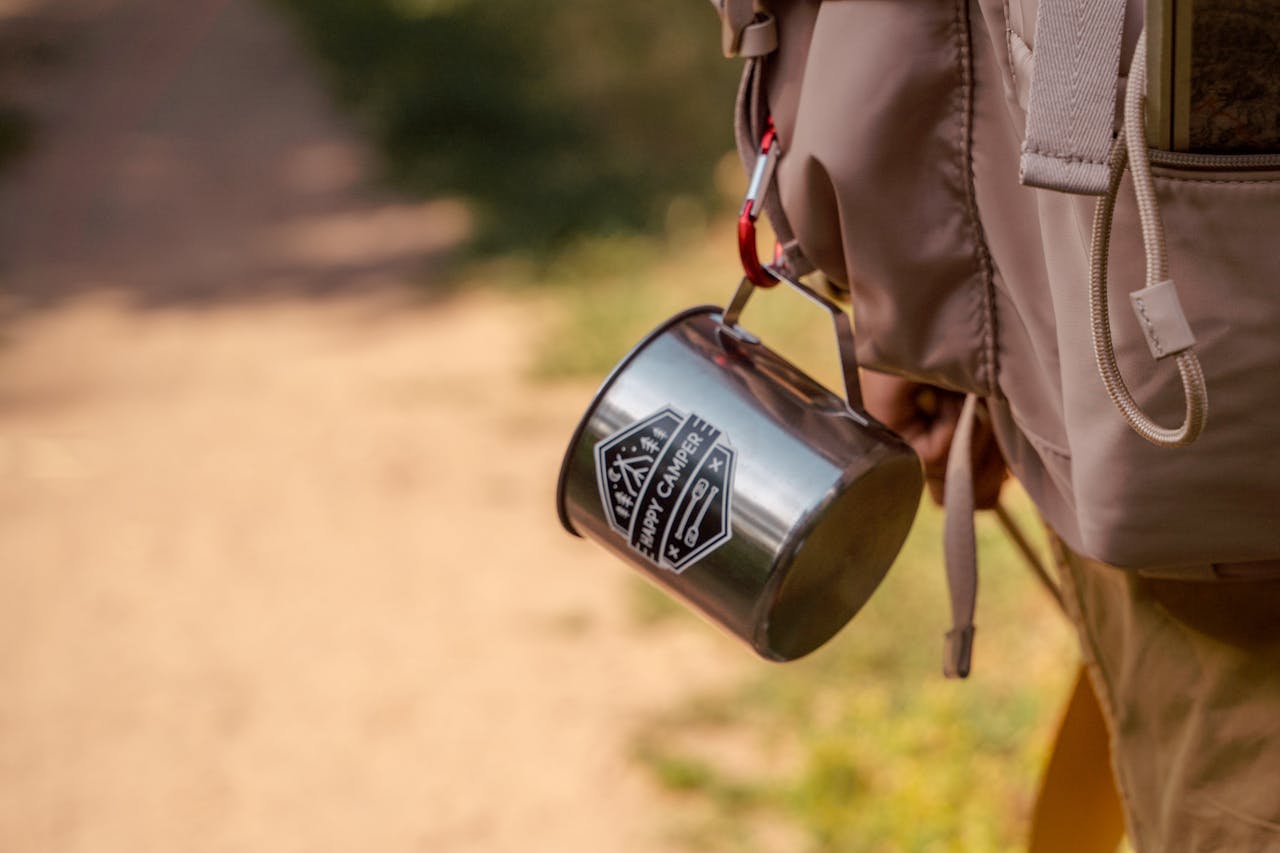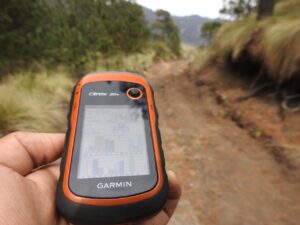Taking your family hiking can be a wonderful adventure, but finding the right gear that won’t be outgrown in a single season can be challenging. Kids grow quickly, and investing in equipment that adapts with them saves money and reduces waste. Choosing adjustable, durable hiking gear allows your children to explore nature comfortably while giving you peace of mind that your investment will last for multiple summers.
When planning summer hikes with kids, versatile equipment makes all the difference. From expandable backpacks to adjustable hiking poles, the right gear can transform a potentially difficult outing into a memorable family experience. You’ll want items that serve multiple purposes, stand up to rough handling, and accommodate growth spurts without breaking your budget.
What to Look for in Kid-Friendly Hiking Gear
When shopping for hiking gear for your children, focus on items that can adapt to their growth, remain lightweight for easy carrying, and include essential safety features for outdoor adventures.
Adjustability and Longevity
Look for hiking gear with adjustable features that can grow with your child. Backpacks with expandable compartments and adjustable straps will last several seasons as your child grows taller.
Hiking boots with removable insoles allow you to add or remove cushioning as needed. Some brands offer “expandable” footwear with extendable toe areas that can accommodate growing feet for up to three sizes.
Clothing with roll-up sleeves and pant legs, adjustable waistbands, and longer hems that can be let down provide excellent value. These items might cost 15-30% more initially but can last 2-3 times longer than standard sizes.
Trekking poles with adjustable heights are perfect for growing kids. You can find quality options starting around $30 that will last through multiple growth spurts.
Weight and Portability
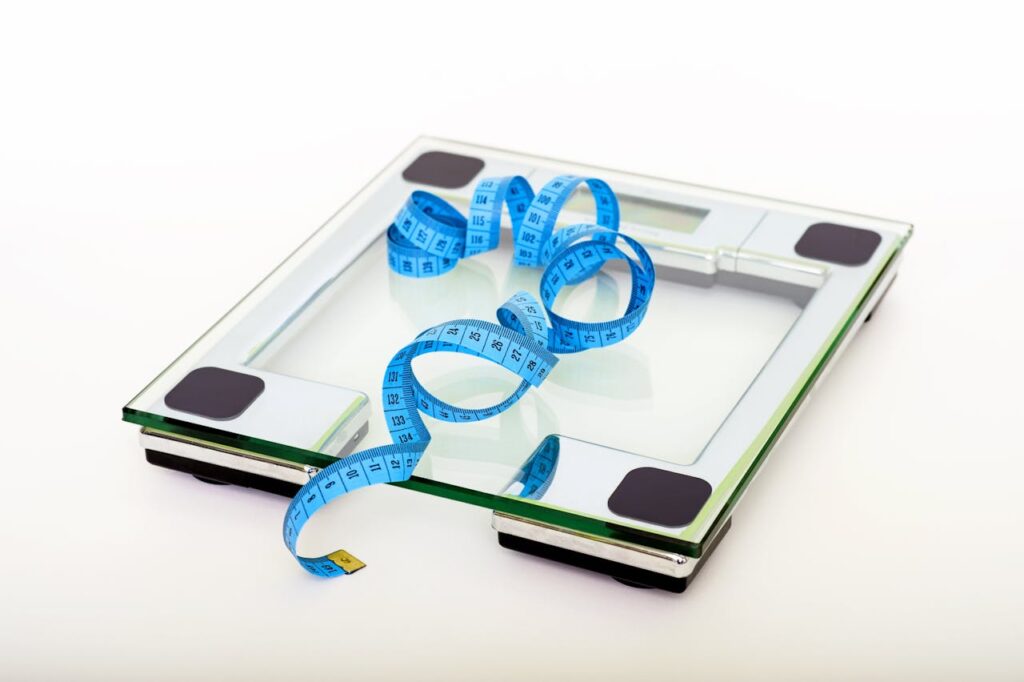
Choose lightweight gear that won’t burden your child on the trail. A child’s backpack should weigh no more than 10-15% of their body weight when fully packed.
Water bottles made from lightweight materials like BPA-free plastic are better than heavy metal options for kids. Look for bottles with easy-open lids that don’t weigh more than 4-6 ounces when empty.
Clothing made from quick-dry, lightweight fabrics is essential. These materials wick away sweat, dry quickly after rain, and pack down small in backpacks.
Consider multi-purpose items to reduce weight. A rain jacket that can also serve as a windbreaker saves space and weight in your child’s pack.
Safety Features
Bright, visible colors make it easier to spot your child on the trail. Choose gear in neon yellows, oranges, or other high-visibility colors rather than earth tones.
Reflective strips on clothing, shoes, and backpacks enhance visibility in low light conditions. This feature is particularly important if your hikes might extend into evening hours.
Sun protection features like UPF-rated fabrics and wide-brimmed hats shield sensitive skin. Look for clothing with UPF 30-50+ ratings for the best protection during summer hikes.
Built-in whistles on backpack straps or as necklaces provide an emergency signaling option. Teach your child when and how to use these safety tools if they become separated from the group.
1. Backpacks That Grow With Kids
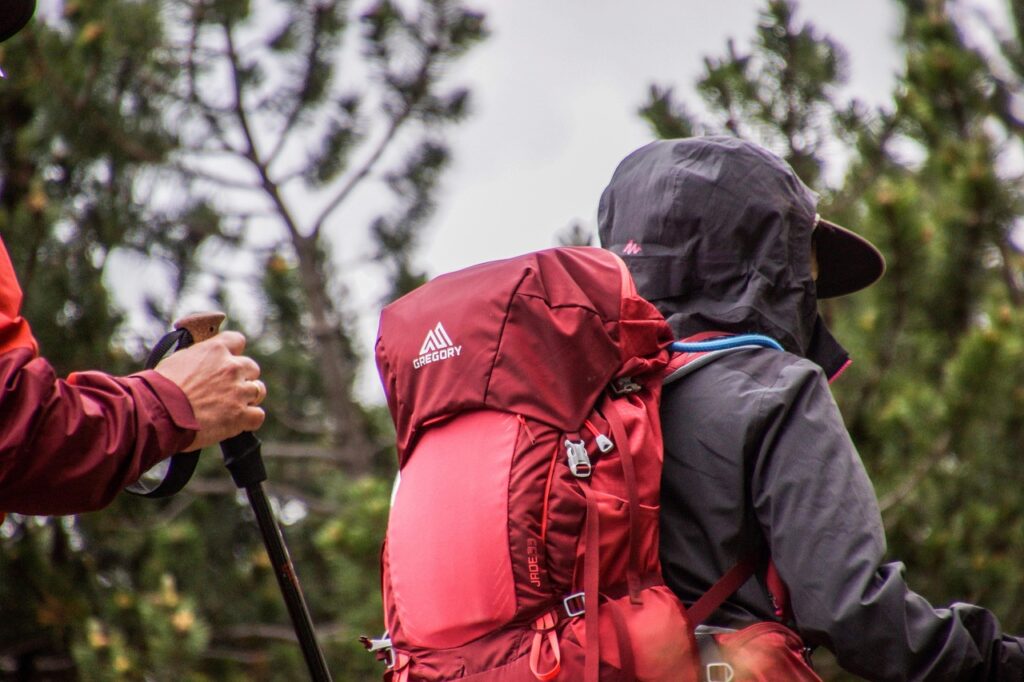
Finding the right backpack for your child’s hiking adventures can save you money and frustration. The best kids’ hiking backpacks adjust to fit their growing bodies and changing needs over multiple seasons.
Fit Systems and Padding
Adjustable backpacks typically use one of three systems to grow with your child. Torso-adjustment systems let you modify the back length as your child grows taller. Look for models with easy-to-use sliding panels or velcro adjustments that can add 2-4 inches of length.
Shoulder straps should have multiple attachment points or adjustment options. Quality packs include curved, padded straps that can be positioned wider apart as shoulders broaden.
The hip belt is crucial for comfort on longer hikes. The best growing backpacks feature removable or adjustable hip belts that can expand up to 6 inches in circumference.
Padding technology matters too! Mesh-backed models provide better airflow for summer hiking, while moisture-wicking fabrics keep kids comfortable during sweaty adventures.
How Much to Invest
Price ranges for adjustable kids’ backpacks typically fall between $40-$120. The sweet spot for quality and value is around $60-$75 for most families.
Higher-end models ($80+) offer more durable materials and better adjustment systems. These are worth considering if you:
- Hike frequently (more than monthly)
- Take multi-day trips
- Have children who are rough on gear
- Plan to pass the pack down to siblings
Budget options ($40-$55) work well for occasional day hikers but may wear out faster. Look for sales at the end of summer when prices often drop 25-30%.
Remember that a well-fitting backpack prevents discomfort and injury. It’s better to invest in one quality adjustable pack than to replace cheaper ill-fitting ones every season.
2. Hiking Footwear for Growing Feet
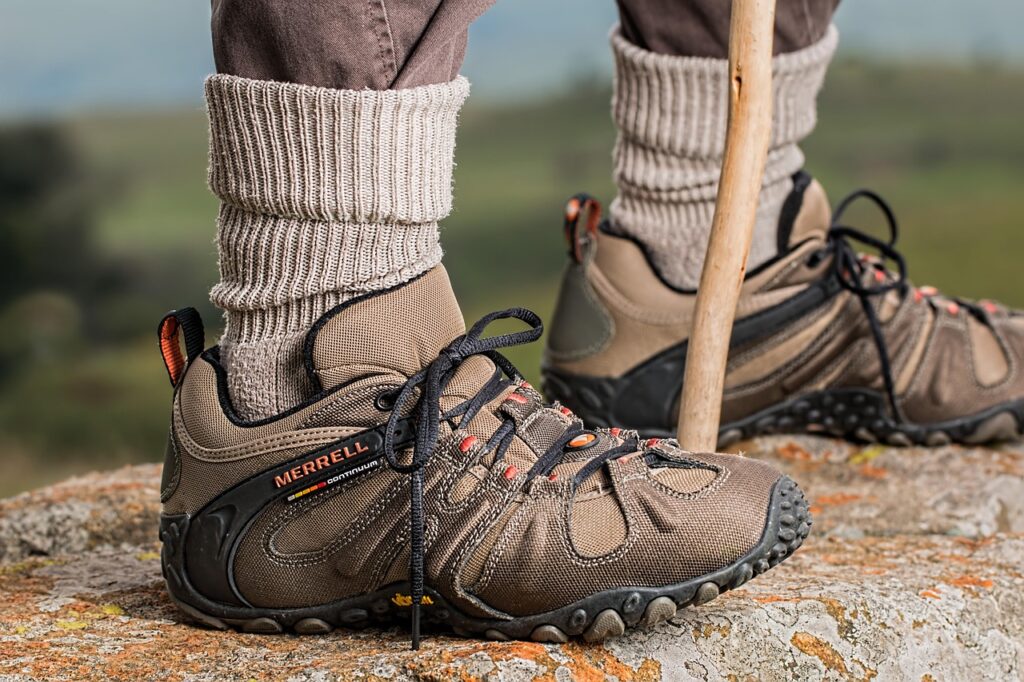
Finding the right hiking shoes for kids can be tricky since their feet grow quickly. The right footwear keeps young hikers comfortable and prevents blisters or injuries on the trail.
Sandals Versus Boots
Hiking sandals work great for summer adventures, especially on trails with water crossings. Look for closed-toe designs with grippy soles and adjustable straps. Quality sandals typically cost $30-60 and are worth investing in for proper foot protection.
Boots provide better ankle support and protection on rocky or uneven terrain. For summer hiking, choose lightweight, breathable options rather than waterproof models which can make feet sweaty. Mid-range kids’ hiking boots cost $40-80.
You don’t need to spend top dollar on footwear that will be outgrown quickly. However, avoid the cheapest options that lack proper support and durability. Good traction is non-negotiable for safety on trails.
When to Size Up
Buy hiking shoes with about a thumb’s width of space beyond the toes. This gives growing feet room without causing blisters from excessive movement.
Consider purchasing hiking shoes a half-size larger at the beginning of summer. Add a thicker insole or extra sock initially, then remove these as their feet grow.
Some brands offer expandable shoes with removable insoles or adjustable features. These clever designs can extend the life of hiking footwear by up to a size, saving you money over time.
Watch for signs that shoes are too small: red marks, blisters, or complaints about foot pain. Kids often won’t notice gradual tightness, so check fit regularly by feeling for toe room.
3. Versatile Clothing for Summer Hikes
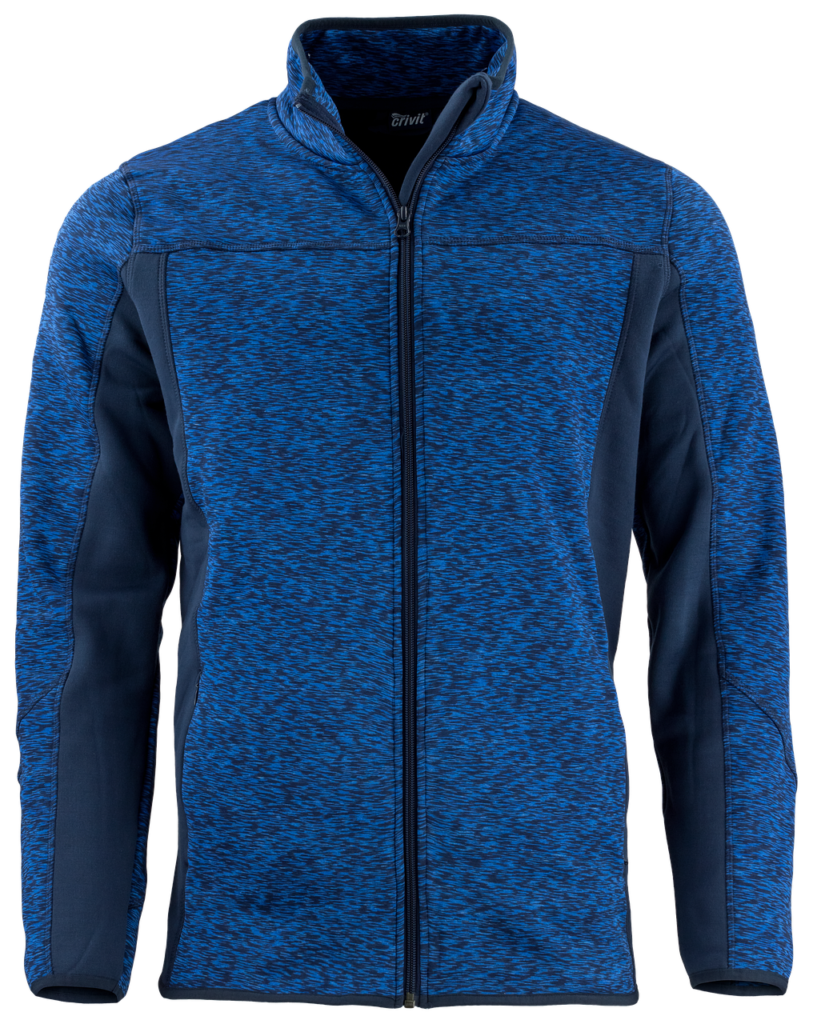
Dressing your kids right for summer trails means balancing comfort, protection, and adaptability as temperatures change throughout the day. The right clothing helps little hikers stay happy while exploring nature.
Lightweight Layers
Start with a moisture-wicking base layer that pulls sweat away from your child’s skin. These shirts cost about $15-30 and are worth investing in quality brands. Cotton traps moisture and can cause chafing or discomfort.
Add a lightweight, packable mid-layer for those unexpected temperature drops or shady forest sections. Look for fleece pullovers ($20-40) or thin synthetic jackets that compress easily into a backpack.
Convertible pants/shorts are perfect for kids and typically range from $30-50. The zip-off legs give you two options in one garment and adapt to changing conditions. They’re especially useful for morning hikes that start cool but warm up quickly.
Quick-dry hiking pants offer another option at $25-45. They resist tears and dry rapidly when splashing through streams or after sudden rain showers.
Sun Protection and Breathability
UPF-rated shirts and hats are essential for summer hiking with kids. Look for clothing with UPF 30+ ratings ($20-35) to block harmful UV rays. Wide-brimmed hats ($15-25) protect the face, ears, and neck from sunburn.
Breathable, lightweight socks prevent blisters and keep feet comfortable. Merino wool or synthetic blends ($8-15 per pair) wick moisture and provide cushioning without overheating.
Consider sun sleeves ($10-20) as an alternative to sunscreen on arms. They’re easy to pull on when exposed to sun and remove when not needed.
Buff or neck gaiter styles ($15-25) offer versatile protection – use them as headbands, neck covers, or even face masks during dusty trail sections. They pack tiny but provide big protection for young hikers.
4. Sun Hats and Eye Protection: Must-Haves
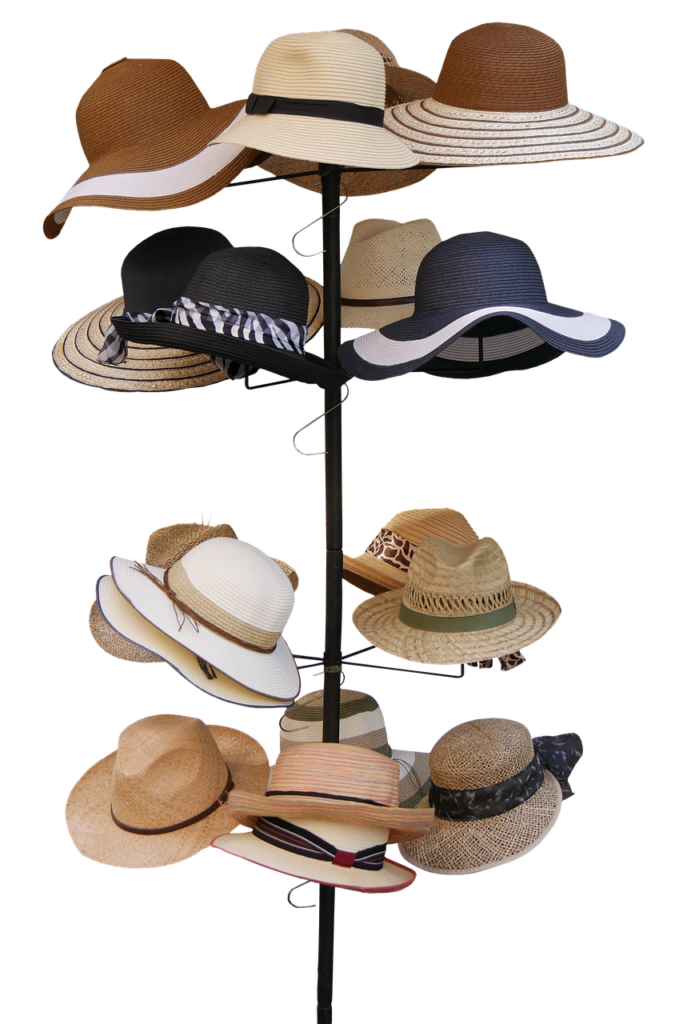
Protecting little ones from harmful UV rays is essential for enjoyable family hikes. The right gear shields sensitive eyes and skin, preventing sunburn and long-term damage.
Wide-Brimmed Hats
When hiking with kids, a quality wide-brimmed hat is worth every penny. Prices range from $15 for basic models to $35 for premium options with UPF 50+ protection.
Look for hats with at least a 3-inch brim all around to shield the face, ears, and neck. The best kids’ sun hats include:
- Adjustable chin straps to keep hats secure on windy trails
- Moisture-wicking fabric to keep little heads cool
- Packable designs that spring back to shape after being stuffed in a backpack
You’ll use these hats constantly during summer outings, so durability matters. Choose breathable materials like nylon or polyester blends rather than cotton, which stays wet when sweaty.
Many wide-brimmed hats feature mesh ventilation panels that help prevent overheating during active play on the trail.
UV Protection Sunglasses
Quality sunglasses for kids are a hiking essential, not a luxury. Expect to spend $15-$40 for pairs that actually protect young eyes.
Children’s eyes let in more UV light than adult eyes, making protection crucial. When selecting kids’ hiking sunglasses, prioritize:
- 100% UV protection (look for “UV400” on the label)
- Flexible, unbreakable frames that can withstand drops and rough handling
- Wrap-around styles that block light from the sides
- Adjustable straps to keep glasses secure during active play
Polarized lenses are worth the extra cost for frequent hikers, as they reduce glare from water and rocky surfaces. This feature typically adds $10-15 to the price.
You’ll use these sunglasses throughout summer and on bright winter days, making them a versatile investment in your child’s eye health.

